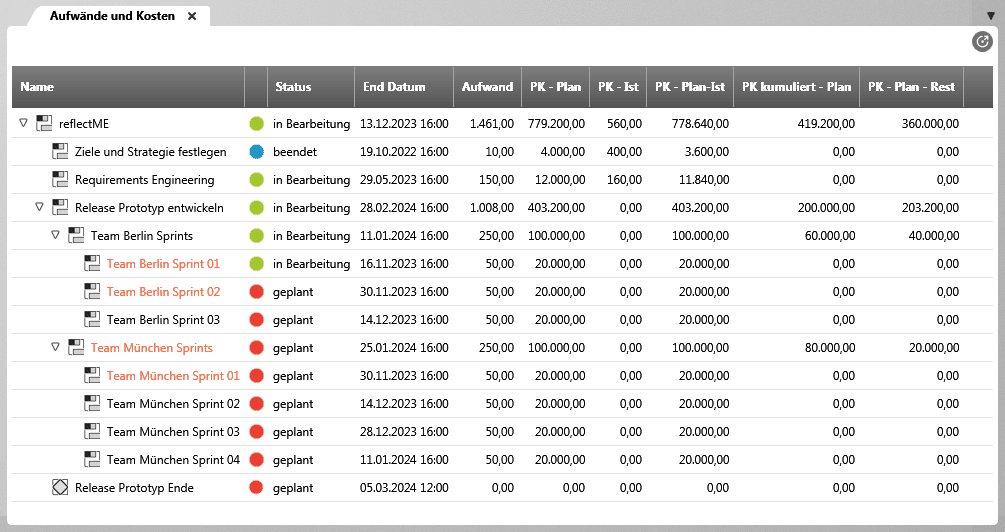The Triple Constraint. Dealing with Time, Cost and Scope.
What is the triple constraint? How is it utilized in project management?

The triple constraint is about balancing cost, time and scope in a project.
When one factor changes, the other factors are also affected or need to be adjusted.
What Is the Triple Constraint?
To successfully plan and execute a project, the budget must be kept, resources optimally utilized, and the product delivered to expectations – and all that while constantly managing the changes that arise in the course of a project. To achieve this, it’s necessary to create a balance between the factors time, cost, and scope. Scope is sometimes also referred to as goal, content or quality.
The triple constraint helps visualize these three factors and describes that when one factor changes, at least one of the other two will be affected. If a deadline needs to be moved forward, for example, it may be necessary to use more resources and costs may increase. In addition, the risk increases that the delivered product will not satisfy stakeholders.
Sometimes the triple constraint is drawn upside down. This version is supposed to represent the difference between classic and agile project management.
Cost
Time
Scope
The Triple Constraint – a Definition
The triple constraint is a tool in project management for visualizing the relationships between time, cost and scope.
Keep an Overview of Time, Cost and Scope.
Try objectiF RPM. Enterprise software for increased business agility.
Download free trial. »
Applying the Triple Constraint for Managing Projects
When changes come up in projects, cost, time and scope need to be reevaluated and balanced against each other. Here are a few examples of decisions that involve the triple constraint:
- In order to maintain the project deadline, you’ll either need to reduce deliverables or utilize more resources.
- If the scope increases, you’ll need to increase time or cost.
- In order to maintain the budget, you may need to reduce the scope.
These examples show that in order to successfully manage projects, you’ll have to make compromises that will have a negative effect on at least one factor in the triple constraint. The most important thing, however, is to satisfy the stakeholders. The best way to ensure this is to work transparently and stay in close communication with them. Stakeholders need to be able to understand your decisions so that they can better deal with the changing factors of the triple constraint.
Successful Project Management with the Triple Constraint requires Transparency and Communication with Stakeholders
Defined Goals
Resource Planning
Gantt Charts
Quality Assurance Processes
Cost Overview
Risk Management
Keep Track of the Triple Constraint with objectiF RPM
objectiF RPM – our software solution for project management, requirements engineering, and software development – supports you in dealing with cost, time and scope. Alongside scheduling with Gantt charts, objectiF RPM helps you control resource utilization and monitor costs.
By clearly defining processes for handing requirements, documents and other information, planning reviews and sending notifications of changes with automated emails, you can maintain transparency and ensure good communication with stakeholders

